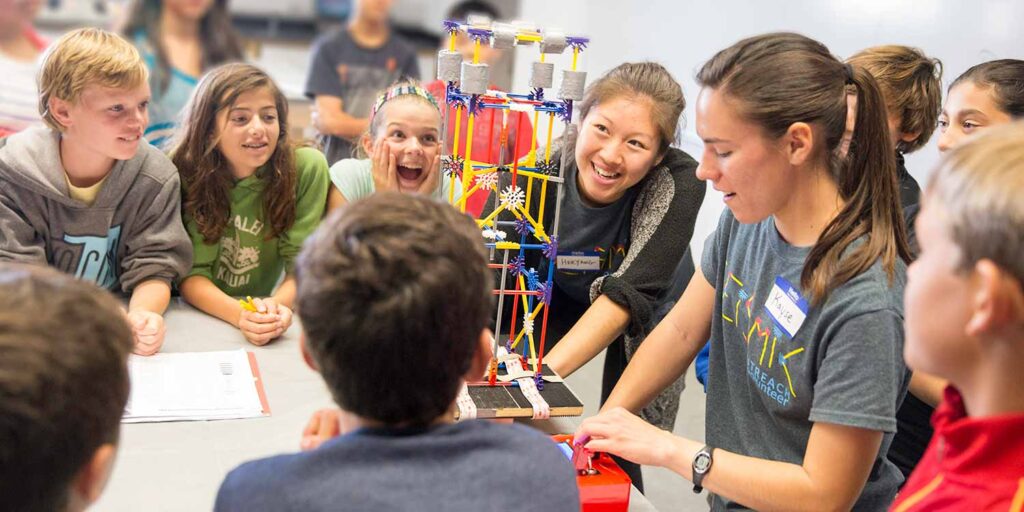Autism, or Autism Spectrum Disorder (ASD), is a developmental condition that impacts communication, behavior, and social interactions. Every child with autism experiences unique challenges and needs. For parents of autistic children, finding effective ways to support their child’s growth is a key priority. This is where autism-focused services, like applied behavior analysis (ABA) therapy, may help. ABA therapy is widely acknowledged as a trusted intervention for children with autism, focusing on building skills and fostering positive behaviors.
What Is Applied Behavior Analysis Therapy?
ABA therapy is a structured and evidence-based approach to improving behaviors and life skills in individuals with autism. It is tailored to each child’s specific needs and goals, helping to develop major life skills such as focus, attention, memory, and social interactions. ABA therapy works by breaking down complex skills into manageable steps. These steps are practiced repeatedly in a supportive environment, allowing the child to master them over time. The ultimate goal of ABA therapy is to teach behaviors and skills that enhance a child’s ability to communicate, learn, and engage meaningfully with others. Whether teaching a child how to take turns in a conversation or helping them stay on task, ABA therapy provides a framework to support progress in areas that matter most.
What Is Positive Reinforcement?
Positive reinforcement is a psychological concept used to encourage specific behaviors by introducing a rewarding outcome. When a child exhibits desired behavior, they are rewarded immediately to reinforce that behavior. The child learns to repeat these actions over time to receive the positive outcome again. When a child completes a task during therapy, they might receive praise, a favorite toy, or even a high-five to reinforce their behavior.
Both positive and negative reinforcement aim to increase desirable behaviors, but the approaches differ. The key distinction lies in what happens after the behavior. Positive reinforcement introduces a reward, whereas negative reinforcement eliminates an obstacle. Both methods can be helpful, but positive reinforcement often fosters a sense of accomplishment. Here’s how each method of reinforcement works:
- Positive Reinforcement adds something pleasant to the environment following a desired behavior. Offering a sticker when the child maintains eye contact during a session is a form of positive reinforcement.
- Negative Reinforcement removes an unpleasant element to encourage desired behavior. If a noisy toy is distracting a child, removing the toy after they focus on the given task serves as negative reinforcement.
How Does ABA Therapy Use Positive Reinforcement?
Therapists consistently use positive reinforcement to reward and encourage desired behaviors, making this reinforcement type integral to ABA therapy. Applied behavior analysis therapy uses positive reinforcement to:
- Set Clear Goals: During the initial stages of therapy, specific goals are identified. These can include maintaining eye contact, following instructions, completing puzzles, or initiating conversations.
- Personalize Reward Systems: Positive reinforcement is most effective when rewards are meaningful to the child. This could include verbal praise (e.g., “Great job!”), physical gestures (e.g., high-fives or hugs), access to a favorite toy, or even small treats.
- Give Immediate Feedback: Timing is a significant component of positive reinforcement. Once a child performs the desired behavior, the reward is provided immediately to create a strong connection between the action and the positive outcome.
- Consistency Builds Patterns: Regular and consistent application of positive reinforcement helps children build patterns. Over time, they learn that certain behaviors lead to positive results, making these behaviors more likely to occur naturally.
Learn How ABA Therapy Can Benefit You
Positive reinforcement is a powerful tool that helps children with autism learn and grow during applied behavior analysis therapy. By focusing on rewards that feel meaningful and joyful, ABA therapists create a supportive environment where children can develop focus, memory, attention, and social interactions step by step. If you’re contemplating ABA therapy for your child, now is the time to explore its potential. Reach out to learn how a customized ABA program can support your child’s unique strengths and needs.

